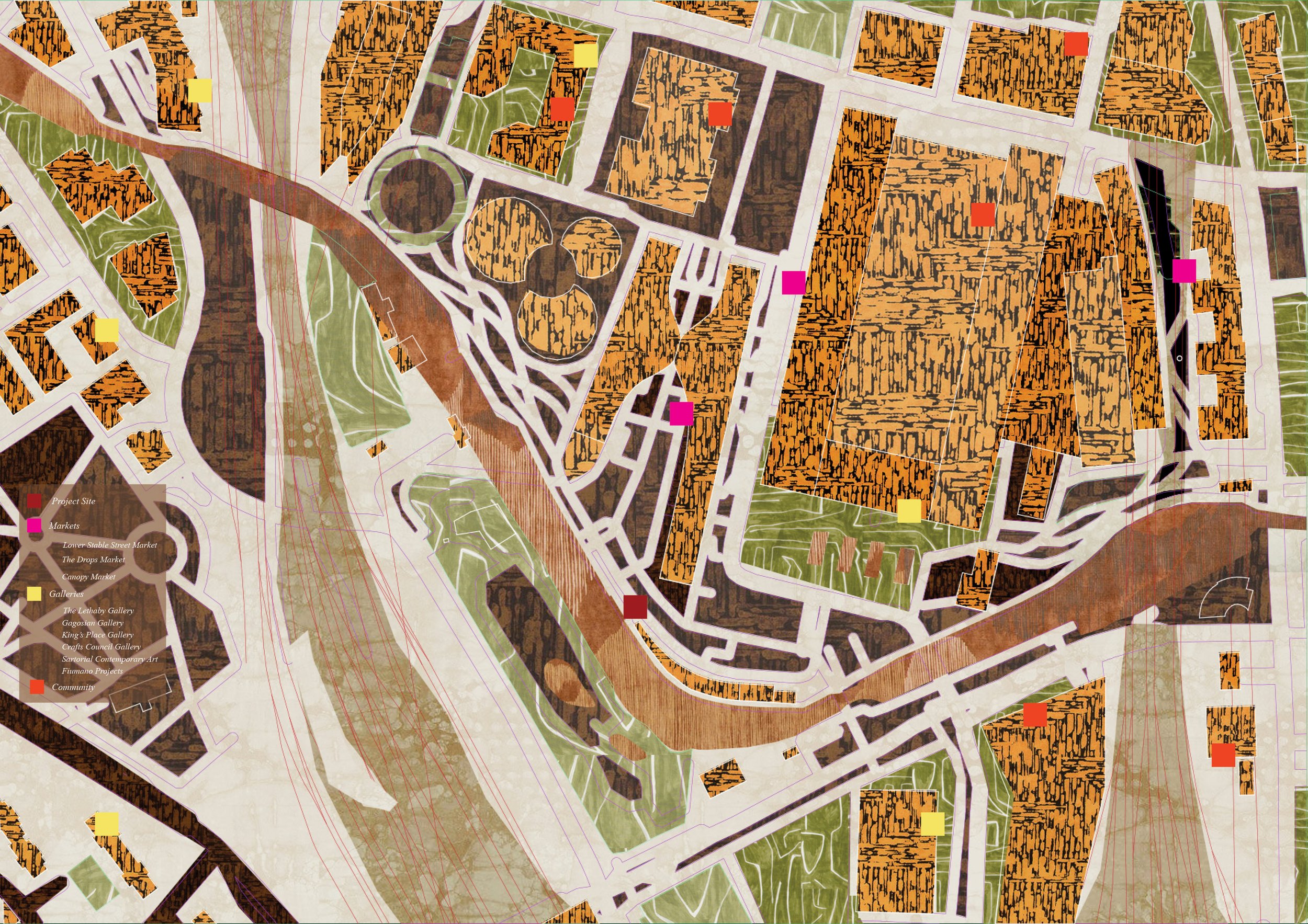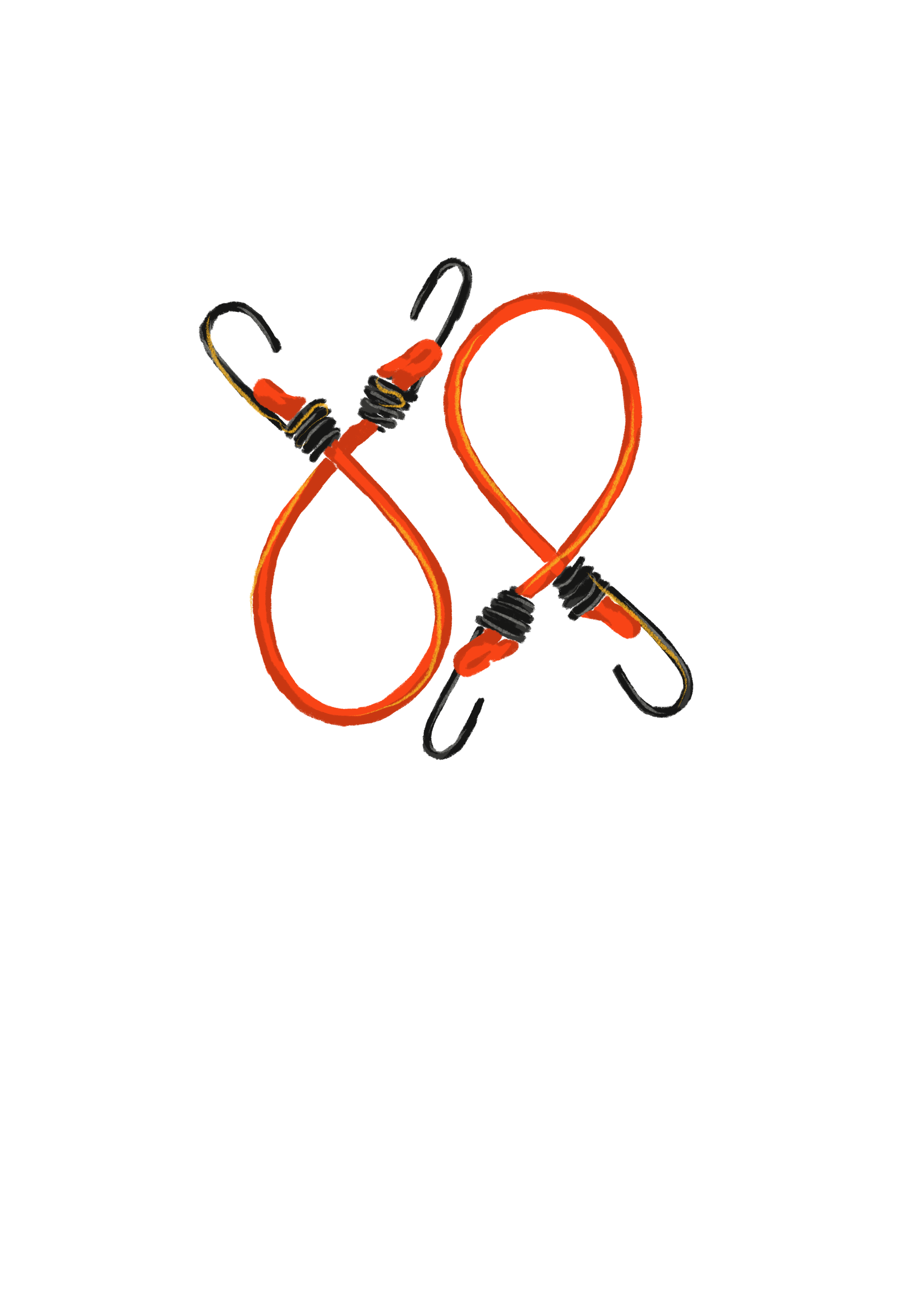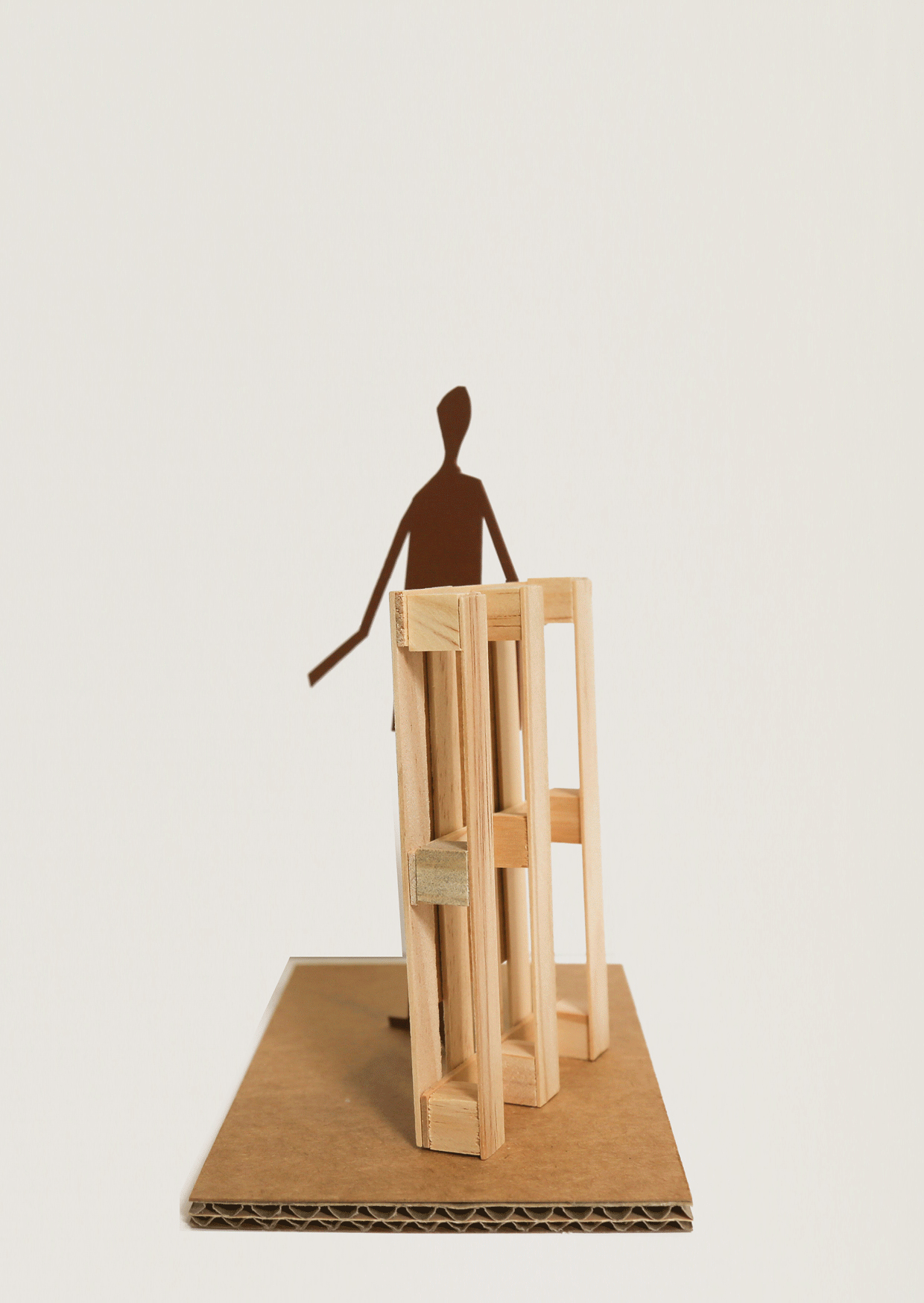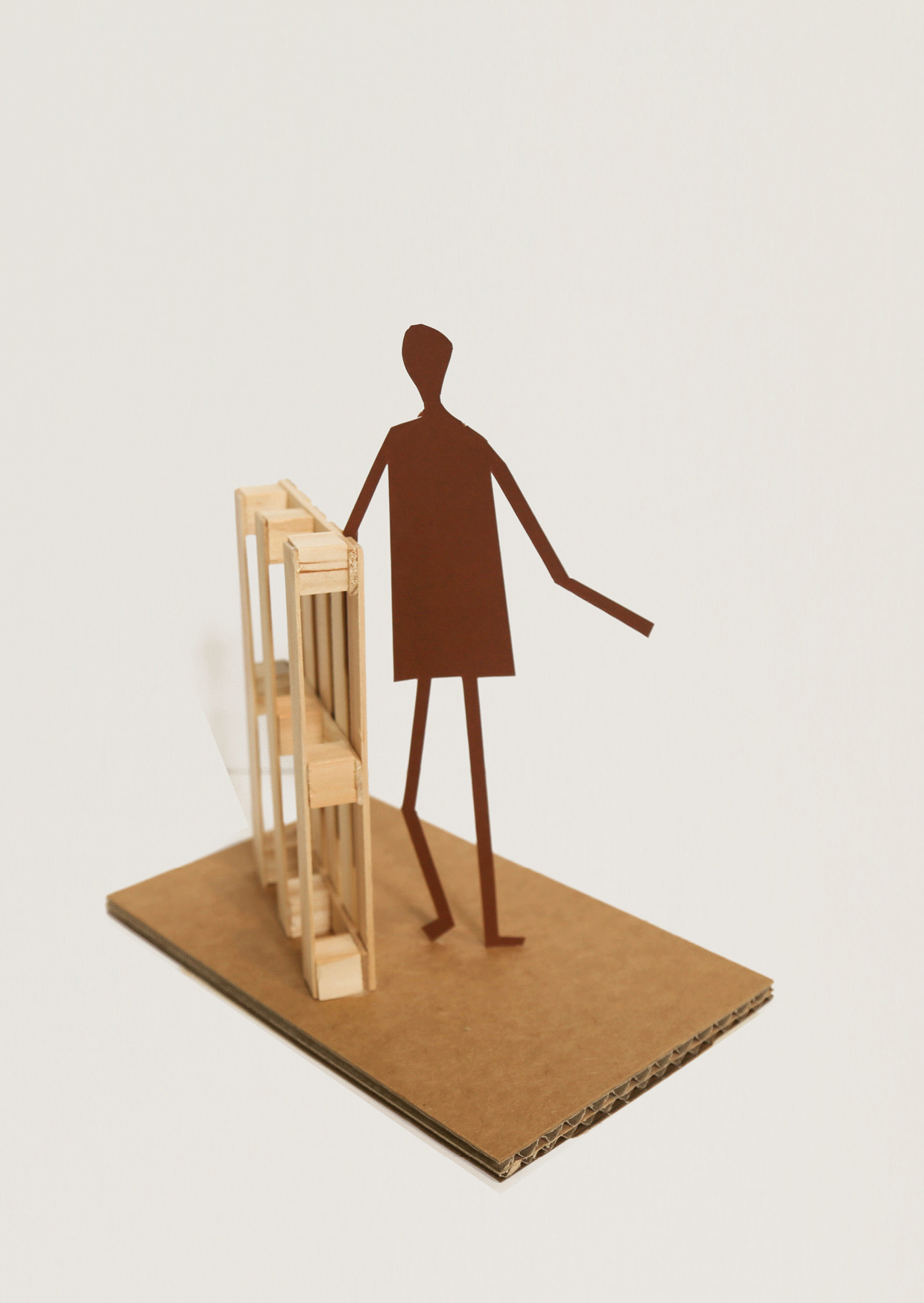Installation | Temporary Art Gallery
May 2022
Various Media & Sizes
Individual Project (Royal College of Art)
Visiting Professor: Ella Doran, London, United Kingdom
I have always been fascinated by how artwork is handled and packaged when it is in transit. There is so much thought and structure that goes into protecting the delicate work from temperature, shock, vibration, and humidity. Often, the work is transported in wooden cases, made of 12mm or 19mm plywood, reinforced with wooden battens. Inside the wooden case, there is an inner case that consists of foam board, cardboard, and more plywood. Within the case, the corners of paintings are protected by cardboard corners, and with sculptures, art handlers create the negatives of the artwork to protect the most delicate parts of the art from chipping.
I have noticed that this packaging is usually stored away, or disposed of after the artwork is installed in the gallery space. I want my installation to be a statement about these overseen, inexpensive, rough materials. In my design, I am proudly putting this packaging material in the forefront, displayed in four gridded feature walls - a practical design, that is simple to install, for storage, and for delineating space. It is also a nod to the significance of the wunderkammer or cabinet of curiosities within the historical context of King’s Cross as the intersection of industry and exploration in the 1800s, as well as the roughness and dirtiness of coal drops, in Coal Drops Yard. For the unit of ‘Installation’, my project is a celebration of installing art.
Key Words: Cabinet of Curiosities, Installation, Packaging, Module
Please find the design brief for this ‘Installation’ unit available for download here.





Design Approach | Stable St, London N1C 4DQ (Coal Drops Yard)
Within a 15-minute walk of the site, there is an existing civic, education, and art gallery infrastructure. I felt that my temporary art gallery installation should not compete with the existing white cube galleries, but rather, offered something very different - temporary, pop-up spaces for up-and-coming artists in London. Similar to the existing markets on site (Lower Stable Street Market, The Drops Market, and Canopy Market), the art gallery installation would only be open from Friday 11am - 6pm and Saturdays/Sundays from 12pm - 5pm. I walked around the site around 10 pm and saw that there was horizontally stacked cardboard, vertically compressed cardboard, “This is Fragile” signage, art crates, and bubble wrap roll.













Cabinet of Curiosities
A Cabinet of Curiosities consists of a collection of notable objects that were placed in a room. These objects belonged to natural history, geology, ethnography, archeology, religious or historical relics, works of art, and antiquities. These collections were the precursors to museums. They served as collections to reflect the particular curiosities of their curators, but also have social devices to establish and uphold rank in society. I like how the items in the room are centered around a theme. They are artfully curated and displayed as an array of objects, with the cabinet door partially open - suggesting that the collection is still growing. I want to take cues from this historical precedent and use a design strategy to frame, organize and curate the packaging materials.




Site Characteristics
The space under the arch is marked by low, vaulted ceilings. There is no direct light and the space feels narrow and dark. The eastern and western axis under the arches is identical in form and atmosphere. Acoustically, the sound echoes through the space.















Material Experiments
I experimented with plywood, cardboard, zip ties, bubble wrap, and tape - all of which are materials used in the packaging. During the mid-review, the examiners spoke about not needing to be a slave to the concept of packaging that is driving the design. Instead of using these materials literally, my design can allude to packaging, or create the armature that stores and frames the packaging materials. I was also recommended that I ask galleries how they package and transport their work - packaging that is specific to artwork handling. These pieces of advice were helpful in the next phase of the project. Although these material explorations did not make it into the final design, they were still important in the design process. I like the energy and roughness that these studies evoke. I think the contrast with the uptight, white, and clean aesthetic is more commonly associated with art galleries.











